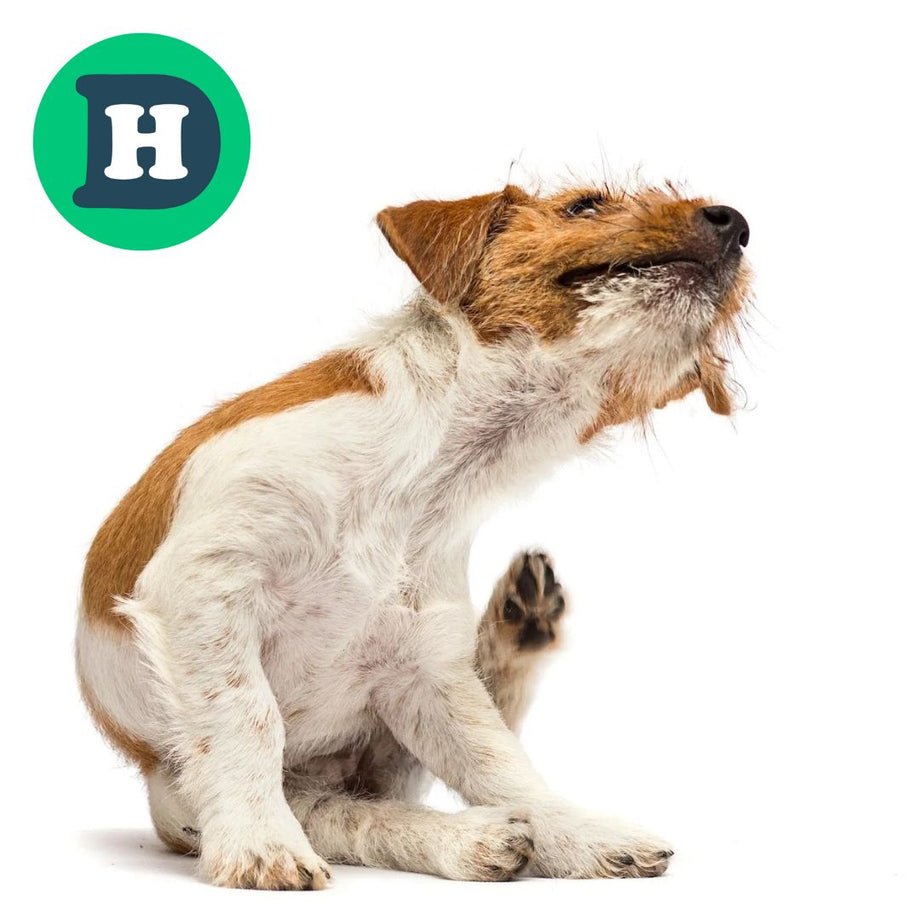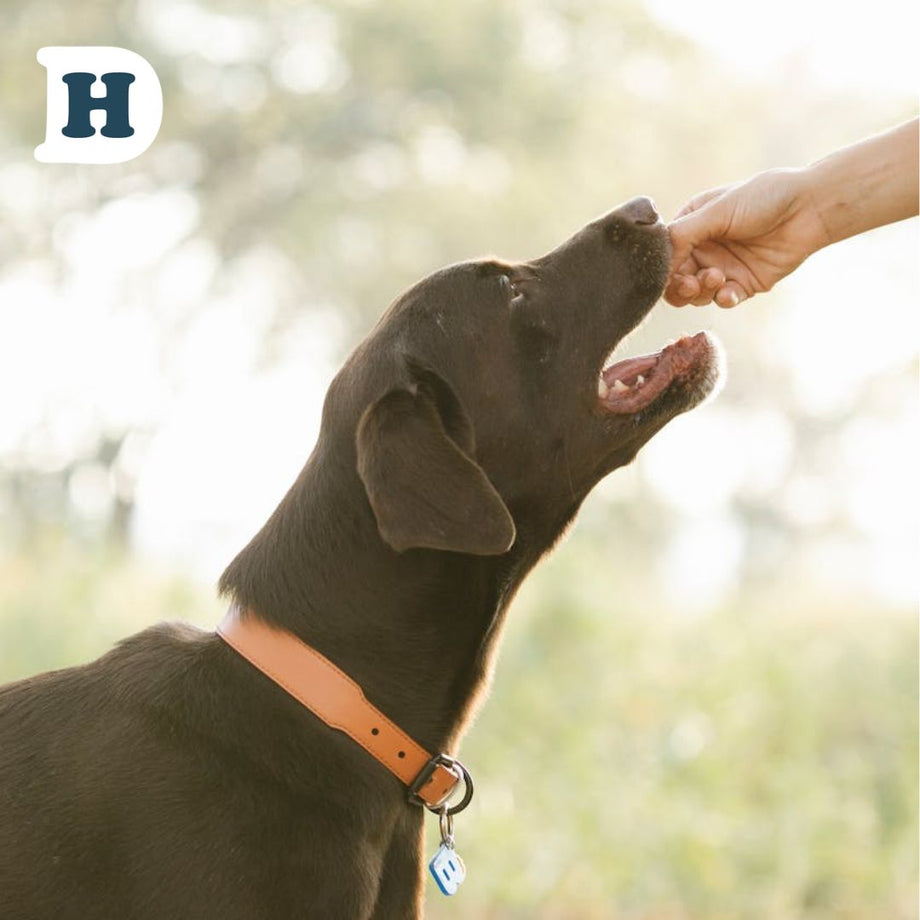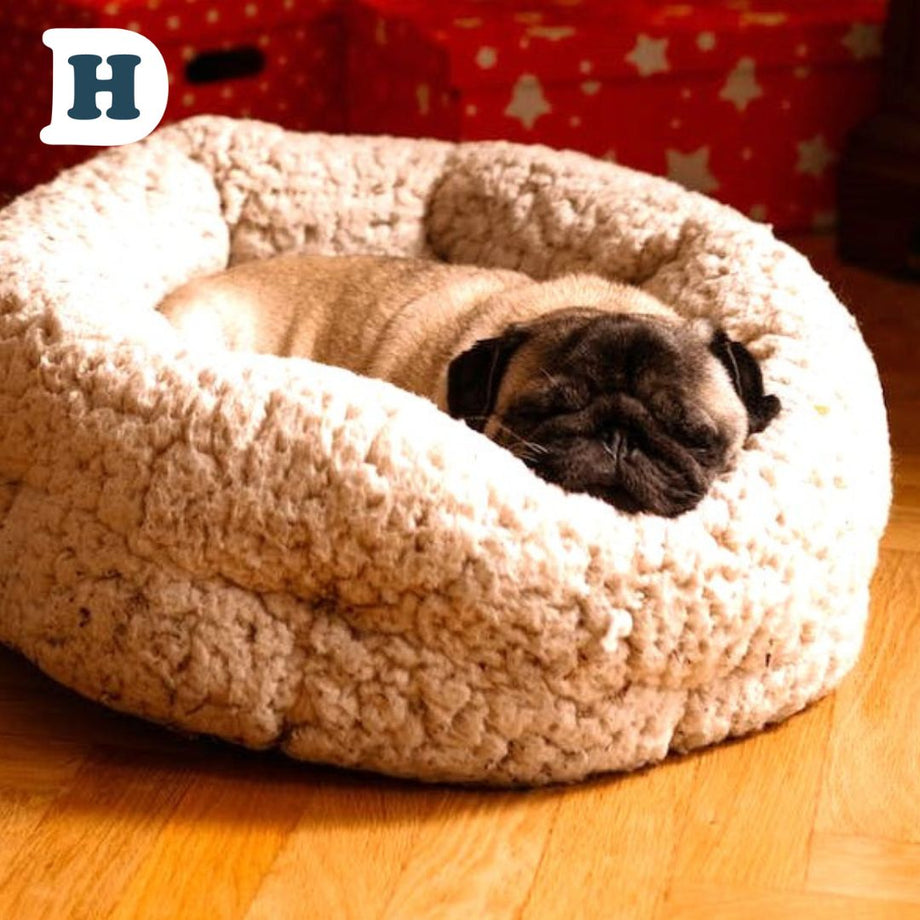
Toilet training a puppy can be a challenging task, but it's an essential part of owning a dog.
With patience, consistency, and positive reinforcement, you can teach your furry friend to do their business outside.
Here are some tips and tricks to get you started on the right track.
Establish a routine.
One of the most important things you can do when toilet training your puppy is to establish a routine. This means taking your puppy outside at the same times every day, such as after meals, after naps, and before bedtime. This will help your puppy learn when it's time to go outside and reduce the likelihood of accidents in the house.
- Last thing before bed
- After playing inside
- After spending time in the crate, puppy pen or car
- After waking up from a nap
- After meals
Be sure to praise and reward your puppy when they go outside to reinforce the behaviour.
Use positive reinforcement.
Positive reinforcement is key when toilet training your puppy. This means rewarding your puppy for good behavior, such as going outside to do their business. Use treats, praise, and affection to reinforce the behavior and let your puppy know they're doing a good job. Avoid punishing your puppy for accidents in the house, as this can lead to fear and anxiety around toileting. Instead, focus on rewarding good behaviour and being patient as your puppy learns.
How to tell when your puppy needs to go to the toilet
To start toilet training your puppy, it's important to pay attention to their behaviour. Watch for signs that they need to go, such as sniffing around or circling a specific area. When you notice these signs, calmly take them outside to their designated toilet area. Be patient and wait for them to do their business, as puppies can easily get distracted by the new sights and smells of the outdoors. With consistency and positive reinforcement, your puppy will soon learn where and when to 'go potty'.
Supervise your puppy.
One of the most important aspects of toilet training your puppy is supervision. Keep a close eye on your puppy at all times, especially during the early stages of training. This will allow you to catch any accidents before they happen and quickly redirect your puppy to the appropriate toileting area.
You can also use a crate or playpen to limit your puppy's access to the house and prevent accidents from occurring when you can't supervise them directly. Remember, consistency and patience are key to successfully toilet training your puppy.
Use a designated potty area.
Designating a specific area for your puppy to go potty can be a helpful tool in toilet training. This can be a spot in your yard or a specific area on a pee pad or newspaper indoors. Take your puppy to this area consistently and use a specific command, such as "go potty," to encourage them to do their business. Reward your puppy with praise and treats when they successfully go in the designated area.
Over time, your puppy will learn to associate this area with going potty and will be more likely to use it consistently.
Be patient and consistent.
Toilet training your puppy takes time and patience. It's important to be consistent in your approach and to stick to a routine. This means taking your puppy out at regular intervals throughout the day, such as after meals, naps, and playtime. If your puppy has an accident indoors, don't punish them. Instead, clean up the mess and try to figure out what went wrong. Did you miss a cue that your puppy needed to go out? Did you wait too long between toilet breaks? Adjust your routine accordingly and keep working with your puppy.
With patience and consistency, your puppy will eventually learn to go potty in the designated area.
Puppy Pens and Dog Crates Rank Work Well for Toilet Training!
One effective method is to use a puppy pen for your puppy when you are unable to supervise them. This not only helps with toilet training as pups won't soil an area that they sleep near, but also provides a safe and comfortable space for your puppy to rest and relax. It's important to introduce the playpen gradually and make it a positive experience for your puppy. With time and training, your puppy will learn to associate the puppy pen with safety and security.
How Long Does Puppy Potty Training Take?
When it comes to toilet training a puppy, there is no one-size-fits-all approach. The process can vary depending on factors such as the puppy's age, previous learning experiences, and your consistency in training. For example, an 8-week-old puppy will have different developmental needs than a 5-month-old puppy.
Some puppies may catch on quickly and have good manners within a few days, while others may take several months to fully train, especially if they have had a difficult past. However, with patience and consistent training, most puppies can learn to use the toilet appropriately.
©deliveryhound.com.au 2023






